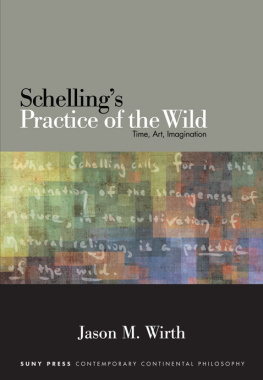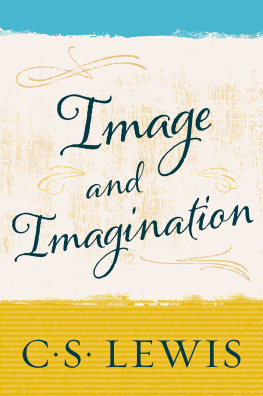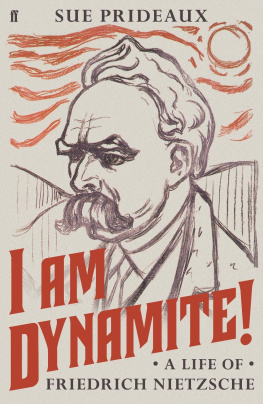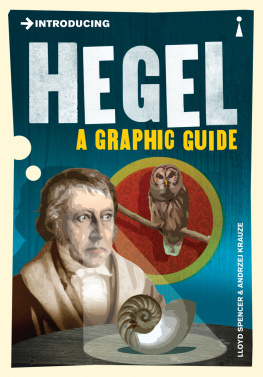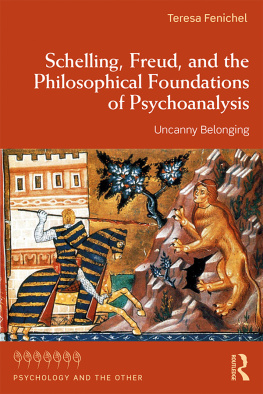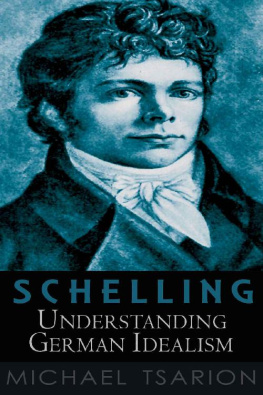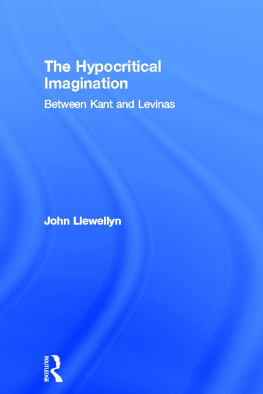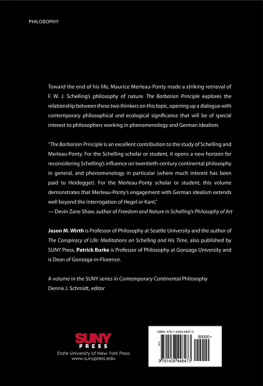SCHELLINGS PRACTICE OF THE WILD
SUNY series in Contemporary Continental Philosophy
Dennis J. Schmidt, editor
Schellings Practice of the Wild
Time, Art, Imagination
JASON M. WIRTH
Published by State University of New York Press, Albany
2015 State University of New York
All rights reserved
Printed in the United States of America
No part of this book may be used or reproduced in any manner whatsoever without written permission. No part of this book may be stored in a retrieval system or transmitted in any form or by any means including electronic, electrostatic, magnetic tape, mechanical, photocopying, recording, or otherwise without the prior permission in writing of the publisher.
For information, contact State University of New York Press, Albany, NY
www.sunypress.edu
Production, Diane Ganeles
Marketing, Anne M. Valentine
Library of Congress Cataloging-in-Publication Data
Wirth, Jason M., 1963
Schellings practice of the wild : time, art, imagination / Jason M. Wirth.
pages cm. (SUNY series in contemporary continental philosophy)
Includes bibliographical references and index.
ISBN 978-1-4384-5679-9 (hardcover : alk. paper) ISBN 978-1-4384-5680-5 (e-book) 1. Schelling, Friedrich Wilhelm Joseph von, 17751854. 2. Philosophy of nature. 3. Thought and thinking. 4. Aesthetics. I. Title.
B2899.N3W57 2015
113dc23
2014027723
10 9 8 7 6 5 4 3 2 1
To Elizabeth Myoen Sikes in gratitude for sharing a practice of the wild
None of our spiritual thoughts transcends the earth.
Schelling to Eschenmayer (1812) (I/8, 169)
Dao, the way of Great Nature: eluding analysis, beyond categories, self-organizing, self-informing, playful, surprising, impermanent, insubstantial, independent, complete, orderly, unmediated
Gary Snyder, The Practice of the Wild (10)
CONTENTS
PREFACE

T he last two decades have enjoyed a considerable renaissance and reappraisal of Schellings remarkable body of philosophical work. In addition to the laudable feat of bringing the long neglected works of Schelling to our philosophical attention, this shift in the philosophical terrain allows for new kinds of work to appear. Now that the basic case for both Schellings intrinsic interest and contemporary relevance has been made, there is an opportunity to move beyond issuing reports on Schelling and merely explicating these admittedly difficult texts. We can now think with and through Schelling, accompanying him as an opportunity to explore and develop the fundamental issues at stake in his thought. One need not restrict oneself to reportageeven of the most hermeneutically savvy kind. One can also appreciate the questions that Schelling often developed in such startling and original ways as philosophical problems that are worthy in their own right. Moreover, one can insist that these are commanding issues, problems that speak to some of the great matters of human living and dying.
Following a range of remarkable texts to have appeared in Germany and France and elsewhere since the middle of the twentieth century, some bold and original new studies of Schelling have appeared in English, including the works of Iain Hamilton Grant, Bruce Matthews, Sean McGrath, Tilottoma Rajan, Markus Gabriel, Bernard Freydberg, and many others. It is to this burgeoning tradition that I aspire with this book.
Continental philosophy has to some extent earned the bad rap of becoming a kind of philosophical ventriloquism, obsequiously satisfied with becoming a puppet for the voice about which one writes. There are increasingly many inspiring counterexamples to this practice, and it is this latter kind of company that this book desires to keep. This book is not a report about a philosopher. It seeks to engage Schelling the philosopher philosophically and its line of inquiry is the problem of the relationship of time and the imagination, both in Schellings remarkable thought and as a worthy problem in its own right. I call this relationship, both in terms of its concepts and the modes of human living that it endears, Schellings practice of the wild. It is a problem that bears on the questions of nature, art, philosophical religion (mythology and revelation), and history.
Wild Nature and Its Practice
Schelling argued, in as many different ways as he could throughout his long philosophical career, that nature is alive. Famously in the Freedom essay, Schelling charged that the prevailing modern view of natural science with its positivistic representation of nature, or more precisely, its view of nature as representable, is nature-cide, the fatal flaw that epitomizes thinking in the wake of the Enlightenment: nature is not present to it for modernity lacks a living ground [die Natur fr sich nicht vorhanden ist, und da es ihr am lebendigen Grunde fehlt] (I/7, 361). Nature therefore becomes a vague abstraction and its forces become mere repetitions of the same (so-called natural laws). Elsewhere Schelling speaks of the the true annihilation [Vernichtung] of nature (I/5, 275) as it becomes a dead object under the control and interests of the human subject. In his early Naturphilosophie, Schelling creatively retrieved the ancient doctrine of the anima mundi, living nature, animated by its or anima, what Plato in the Timaeus dubbed the , the soul of the cosmos, or what Schelling called die Weltseele, the soul of the world. There is good reason for the natural sciences to be suspicious of such descriptions. Life is reserved for the things that are alive, not for rocks and houses. Moreover, the analogy between a living being and a vital universe is quite loose and doubtless falls short in many respects.
The life of nature holds together organically the living and dying of living things and the coming and going of nonliving things. This should not be confused with some lan vital or vitalism or life force (Lebenskraft). Life is not external to the living, coming into the living from afar. As we see in the remarkable essay ber das Verhltni des Realen und Idealen in der Natur, oder Entwickelung der ersten Grundstze der Naturphilosophie an den Principien der Schwere und des Lichts, written in 1806 to complete Von der Weltseele:
It is undeniable that apart from the external life of things, an inner life is manifest, whereby they are capable of sympathy and antipathy and of the perception of other, not even immediately present things; it is also undeniable that the universal life of things is at the same time the particular life of the individual.
Since this is the principle by which the infinity of things is posited universally as eternity and present, so it is equally that which forms the permanent in time, individual circuits, as it were, in the all-enclosing circle of eternity, that adorn the years, months and days; and must we not agree with Plato in naming this all-organizing and improving principle of global and universal wisdom and the majestic soul of the all? (I/2, 371)

